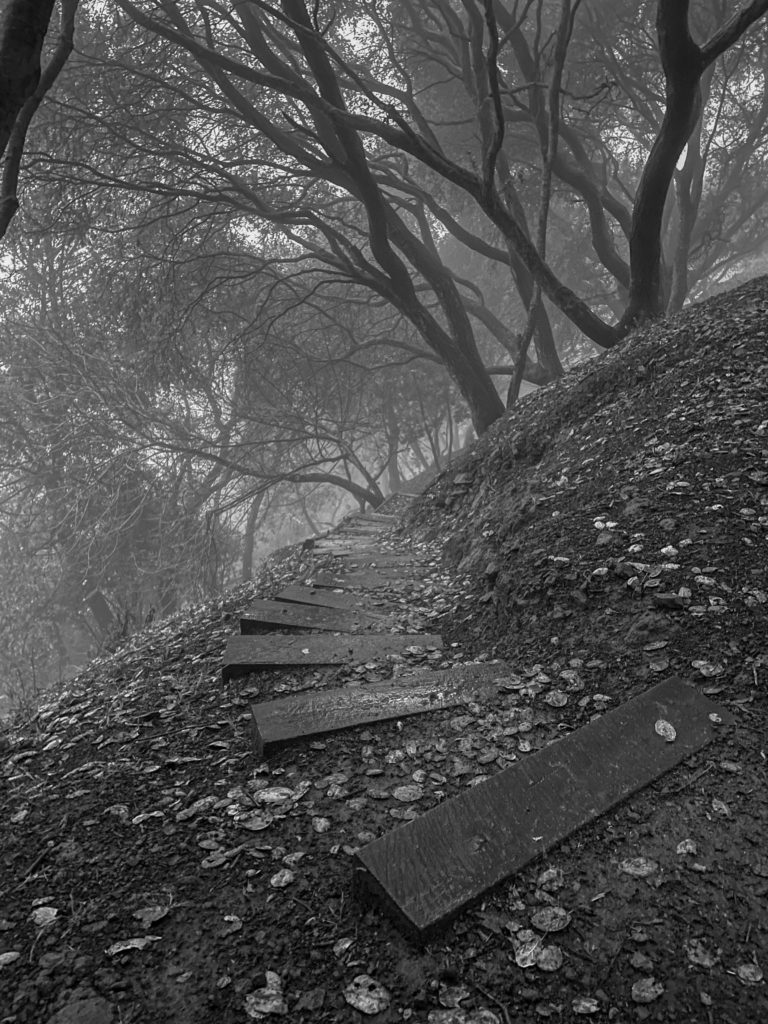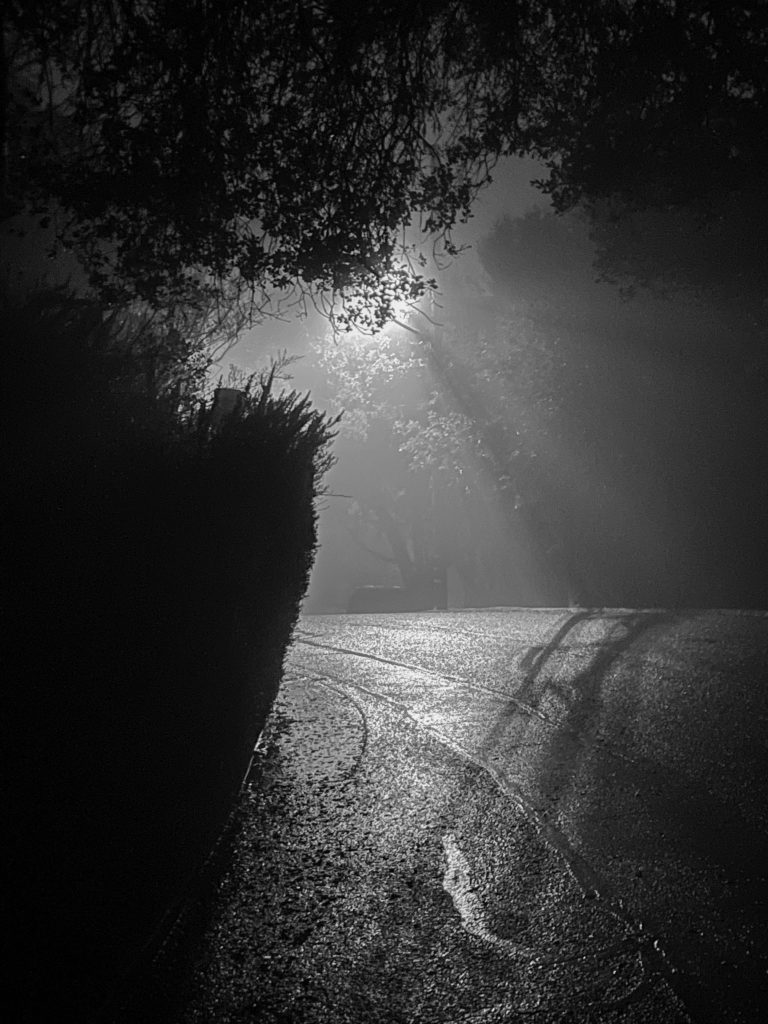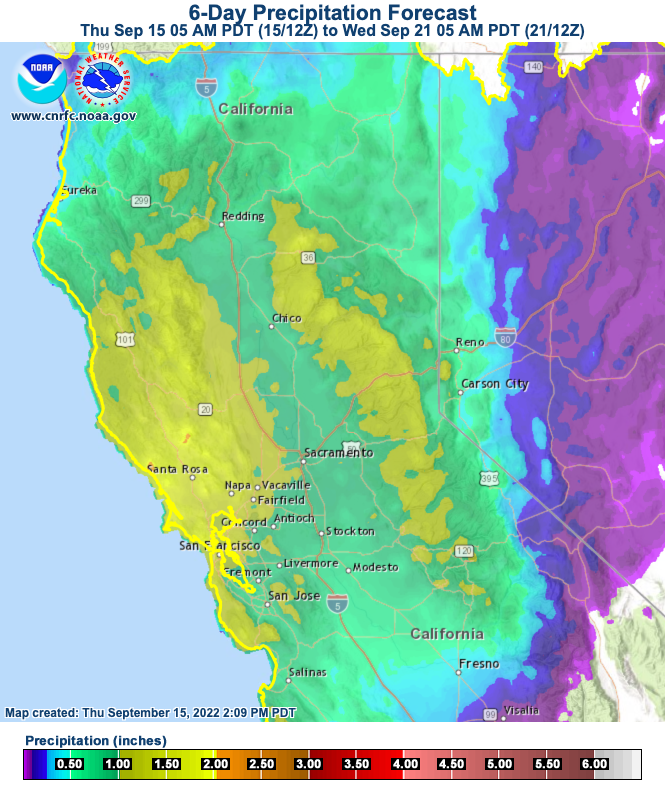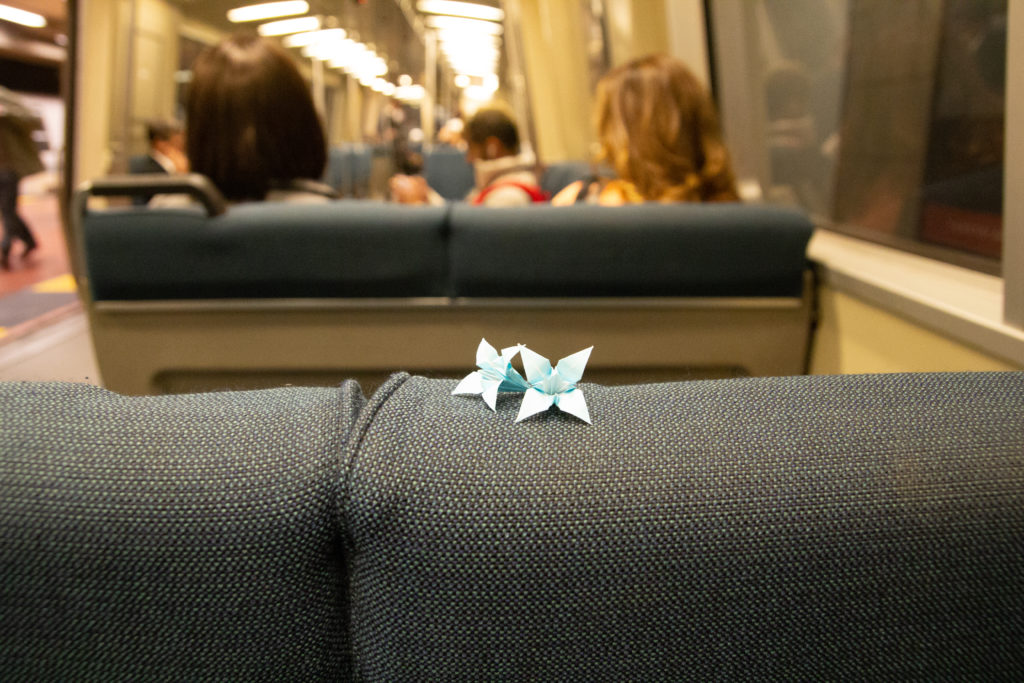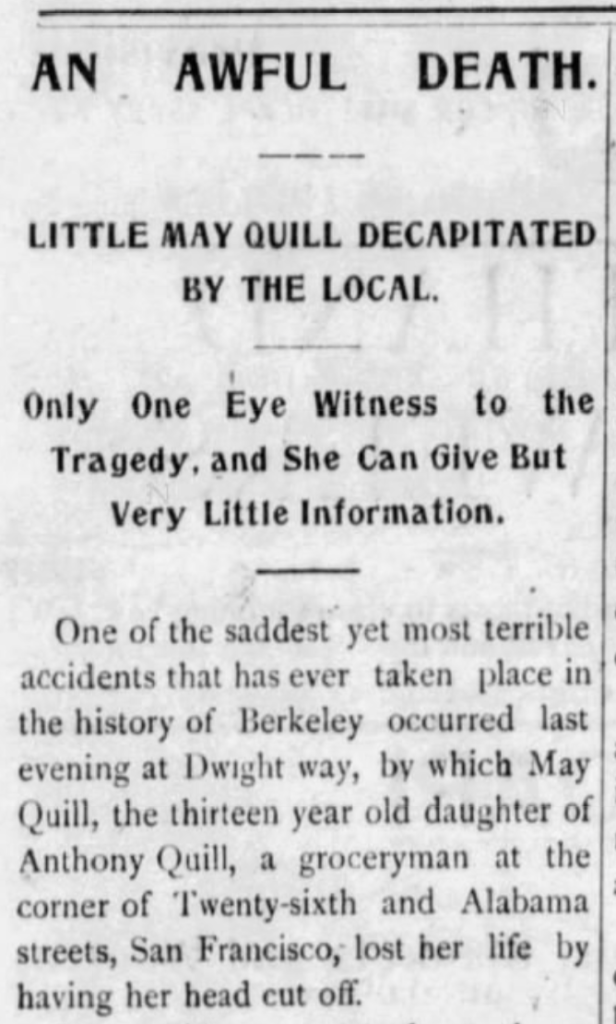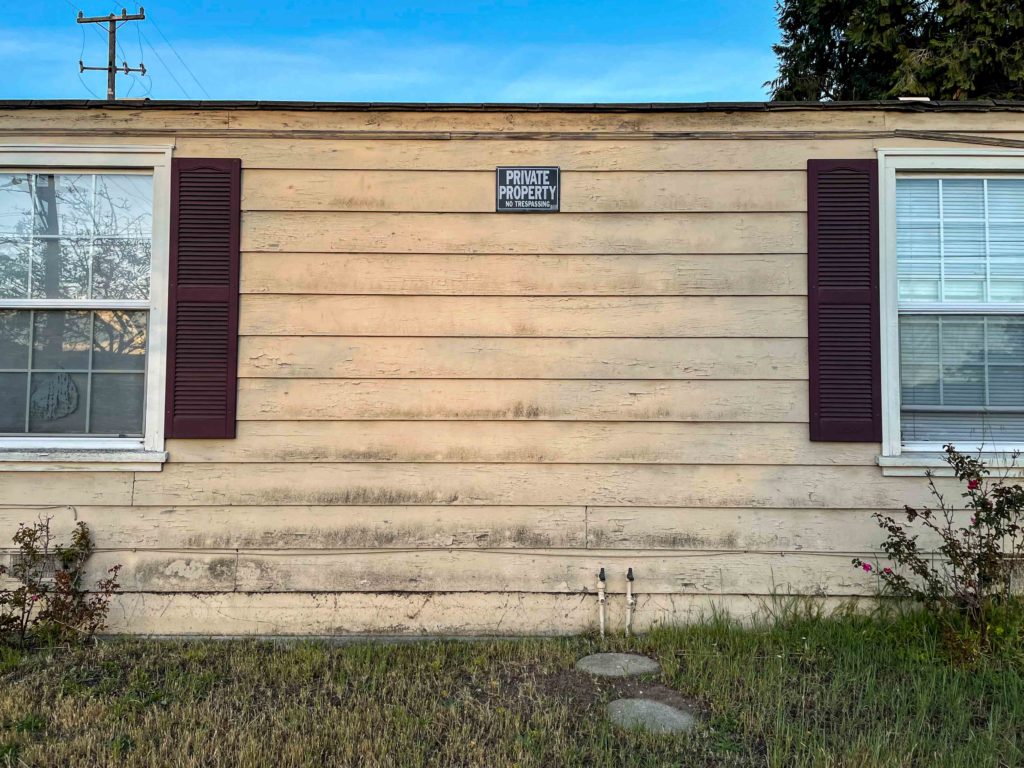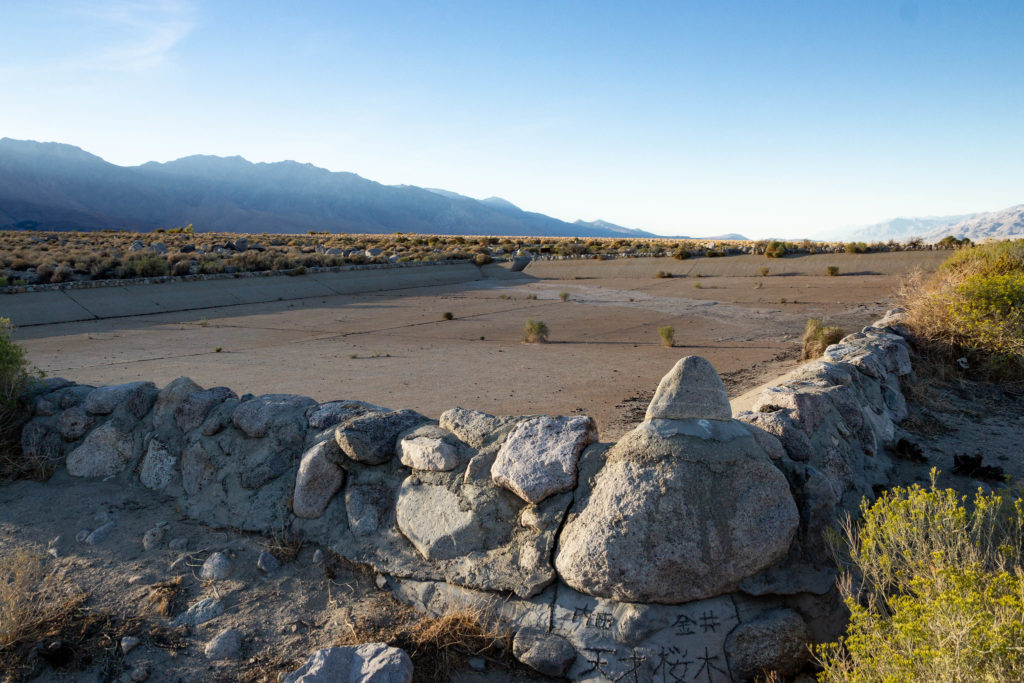On Christmas Day, we went out to a spot on the other side of the Richmond-San Rafael Bridge to check out the bird life on a trail around a tidal marsh and channel. There was lots to see — mostly waterfowl and shore birds with the odd raptor and corvid thrown into the mix. We encountered many two-legged mammals, too. Generally speaking, when I find myself passing someone else on a trail, I make it a point to acknowledge the other person in what I hope is a friendly way. That just means saying hi as we pass. If the greeting’s returned, that makes for a small moment of grace in which my fellow walkers and I are no longer strangers. If the greeting’s not returned, I try not to take it personally. Some of the people we passed the other day responded to a “hi” by saying “Merry Christmas.” Nothing wrong with that, but I admit that to me the phrase feels a little stilted, and I didn’t lead with it myself because, you know, not everyone you run into along the way is celebrating that particular occasion. In any case, it was a good walk with lots of birds and perhaps people were feeling a little less shy about greeting each other because of the day.
Then yesterday, December 26, we went for a walk in the Berkeley hills. I turned our conversation toward the topic of two observances that fall on the day after Christmas: St. Stephen’s Day and Boxing Day. Would it be appropriate, I wondered, to wish someone “Happy St. Stephen’s Day”? When one recalls the occasion commemorated by the day — the stoning death of the man reputed to be the first Christian martyr — no. But how about saying “Happy Boxing Day”? It’s a curiosity, for sure, dating back to the 18th century English custom of giving employees and tradespeople gifts or cash the day after Xmas. But despite its obscure origins and non-American provenance, I figure lots of people have heard of it. So I decided to try it out as a greeting for hikers we met along the trail.
And I’m delighted to report that the general reaction (from about 10 parties we passedo n the trail) seemed to be, well, delight. People laughed or smiled and said “happy Boxing Day” in return. Why? I’m thinking because it was unexpected and just arcane enough to be recognized as an attempt at humor, at sharing the fun of being outdoors together on a holiday. Or something. You can try it yourself in 364 days.
In the meantime, Happy National Fruitcake Day.

